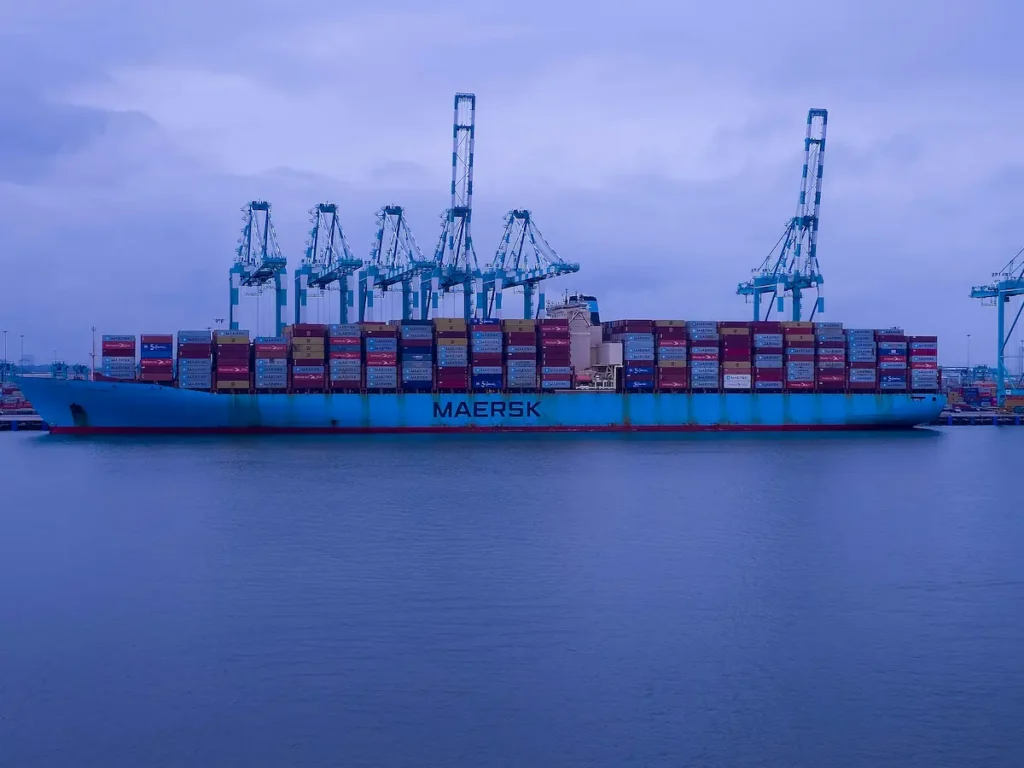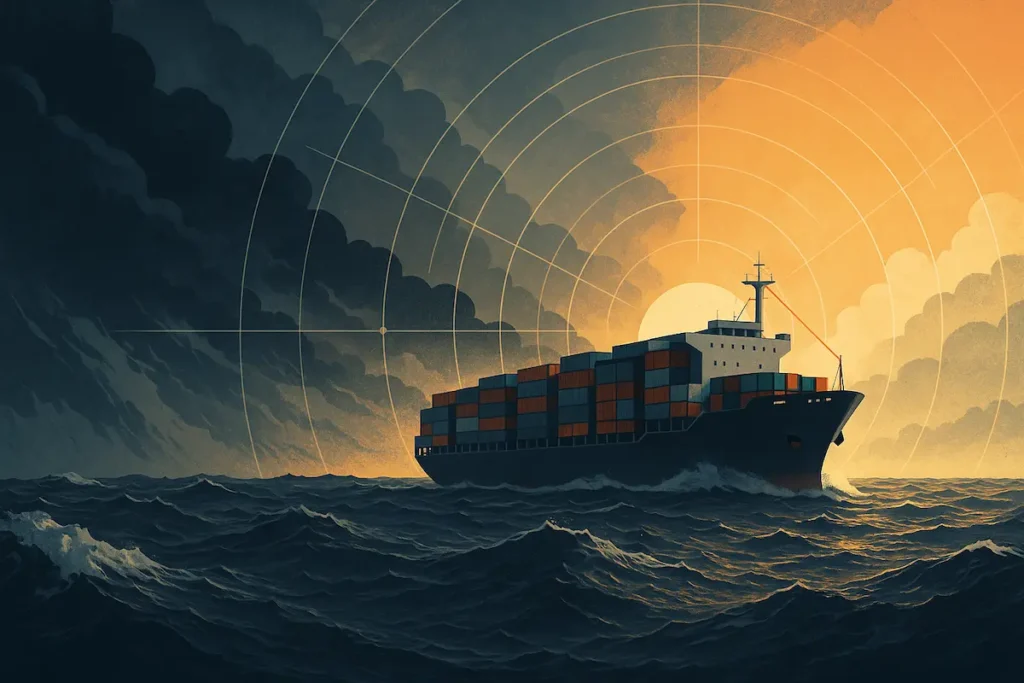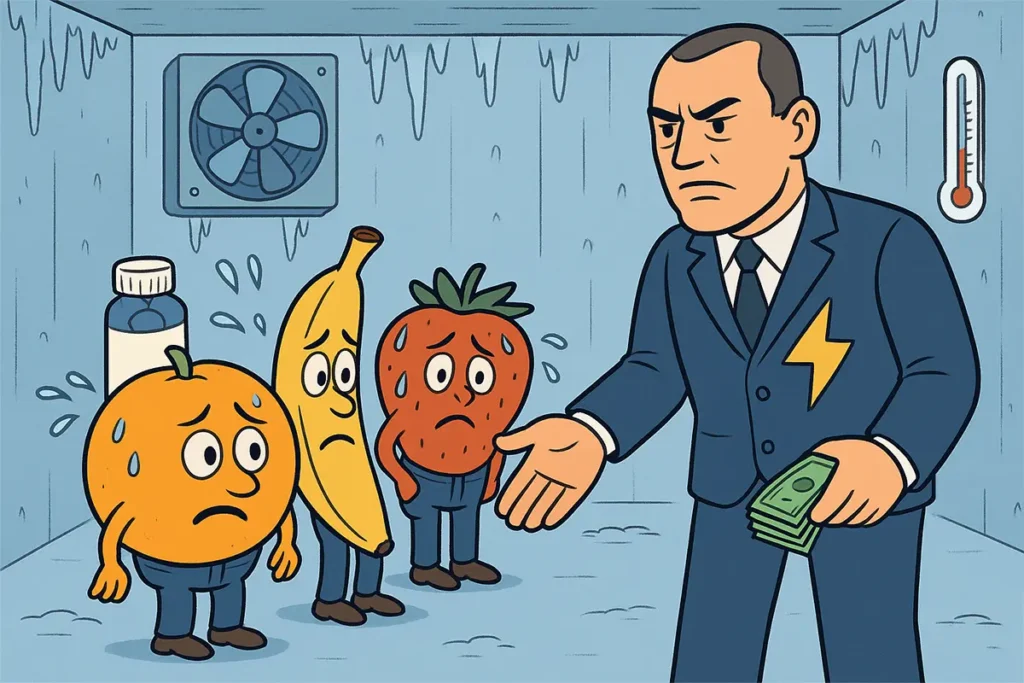President Donald Trump is set to announce a new round of tariffs during his “Liberation Day” event Wednesday at the White House.
The plan is expected to be a massive tariff program against every major U.S. trading partner, including a wide range of reciprocal tariffs on nations with duties on U.S. goods.
Trump has said his tariff policy is aimed at everything from alleged unfair trade policies by other countries to bringing manufacturing back to the U.S. to increasing tax revenue, as well as stemming the flow of illegal drugs and migrants.
The White House has already imposed 25% tariffs on all steel and aluminium imports from all countries, along with a 20% duty on all Chinese goods.
Here is a quick look at Trump’s tariff timeline and how other countries have responded
Nov. 5 – Trump vows tariffs on his first day in office
After being reelected to the White House on Nov. 5, Trump said he would impose import tariffs on all three of the United States’ largest trading partners on his first day in office on Jan. 20.
The tariffs would include 25% duties on all products coming into the U.S. from Canada and Mexico. Trump said the tariffs were aimed at stopping the flow of drugs and illegal migrants across the Mexican and Canadian borders.
“As everyone is aware, thousands of people are pouring through Mexico and Canada, bringing Crime and Drugs at levels never seen before,” Trump wrote in a post on Truth Social. “On January 20th, as one of my many first Executive Orders, I will sign all necessary documents to charge Mexico and Canada a 25% Tariff on ALL products coming into the United States, and its ridiculous Open Borders.”
Trump also said fentanyl from China is being smuggled into the U.S. and the tariffs are aimed at spurring Chinese officials to stop the flow of drugs.
Feb. 1 – Trump orders steep tariffs on goods from Mexico, Canada, China
Trump levied a 25% tariff on almost all Canadian and Mexican imports. He signed an executive order Feb. 1 that would impose 25% tariffs on imports from Mexico and Canada, along with an additional 10% tariffs on goods from China.
Canadian energy imports would be tariffed at 10%.
Canada and Mexico responded with retaliatory tariffs against U.S. imports on Feb 2.
On Feb. 3, Trump announced he had reached agreements with Mexico and Canada to postpone tariffs on their countries’ imports for one month.
The 10% tariff on all goods from China went into effect on Feb. 4.
Feb. 10 – Trump plans 25% tariffs on all imports of steel and aluminum
Trump announced he would impose a 25% import tax on all steel and aluminium entering the U.S.. The tax started March12.
The U.S. imports about $11 billion in steel and $9 billion in aluminum annually from Canada, according to Bloomberg. Mexico was second for steel at $6.5 billion and third for aluminum at about $686 million.
Feb. 13 – Trump announces reciprocal tariff plan for all US trading partners
Trump announced on Feb. 13 that the U.S. would look at implementing reciprocal tariffs to match the tax rates other nations place on imports of American goods.
“On trade I have decided for purposes of fairness, that I will charge a reciprocal tariff – meaning whatever countries charge the United States of America, we will charge them no more, no less. In other words, they charge us a tax or tariff and we charge them the exact same tax or tariff. Very simple,” Trump said from the White House.
March 3 – Trump raises tariffs on Chinese goods another 10%
Trump signed an executive order to raise tariffs on imports from China by an additional 10% to begin on March 4.
Trump’s order said Chinese imports will now face 20% tariffs “over their failure to address the fentanyl pouring into our country,” according to a post on X.
The potential disruption from a tariff war has been putting pressure on movements of ocean containers to the U.S., according to data from SONAR’s Inbound Ocean TEUs Volume Index.
The index represents the daily volume of twenty-foot equivalent unit volumes being booked with ocean container lines for a specific country of origin or a specific port within a country of origin.
The IOTI.USA index shows that current container movements to the U.S. from Asia, Europe and other parts of the world have been surging since Feb. 16.
March 3 – Trump hits imports from Mexico, Canada with 25% tariffs
After a 30-day pause on tariffs against Canada and Mexico, Trump hit imports from Canada and Mexico with 25% tariffs.
Mexican President Claudia Sheinbaum said immediately that her government planned to respond to the U.S. tariffs with its own tariff and nontariff measures starting in six days.
Canadian Prime Minister Justin Trudeau retaliated with tariffs on $30 billion worth of American goods immediately and promised an additional $125 billion in products from the U.S. would face levies three weeks later.
On March 5, Trump said he would delay the 25% tariffs against Canada and Mexico until April 2, including duties on all automotive goods from Canada and Mexico.
March 12 – Steel, aluminum tariffs go into effect as Canada, EU hit back
The U.S. began imposing 25% tariffs on all steel and aluminum imports from all global trading partners.
The European Union and Canada immediately placed new trade duties on about $49 billion worth of U.S. goods in response to Trump’s tariffs on metal imports.
“As of this morning the United States is applying a 25% tariff on imports of steel and aluminium. We deeply regret this measure. Tariffs are taxes. They are bad for business, and even worse for consumers. These tariffs are disrupting supply chains. They bring uncertainty for the economy. Jobs are at stake. Prices will go up. In Europe and in the United States. The Commission must act to protect consumers and business,” Ursula von der Leyen, president of the European Commission, said in a news release.
March 24 – Trump imposes 25% tariffs on countries that buy oil from Venezuela
Trump signed an executive order placing a 25% tariff on all imports from any country that buys oil or gas from Venezuela, along with imposing new tariffs on the South American country.
“Venezuela has been very hostile to the United States and the Freedoms which we espouse. Therefore, any Country that purchases Oil and/or Gas from Venezuela will be forced to pay a Tariff of 25% to the United States on any Trade they do with our Country,” Trump posted on Truth Social.
The U.S. was the No. 2 global importer of Venezuelan oil in 2024, totaling 233,000 barrels per day, according to data obtained by CNBC from Kpler. China was the No. 1 importer of Venezuelan oil last year, averaging 270,000 barrels per day.




